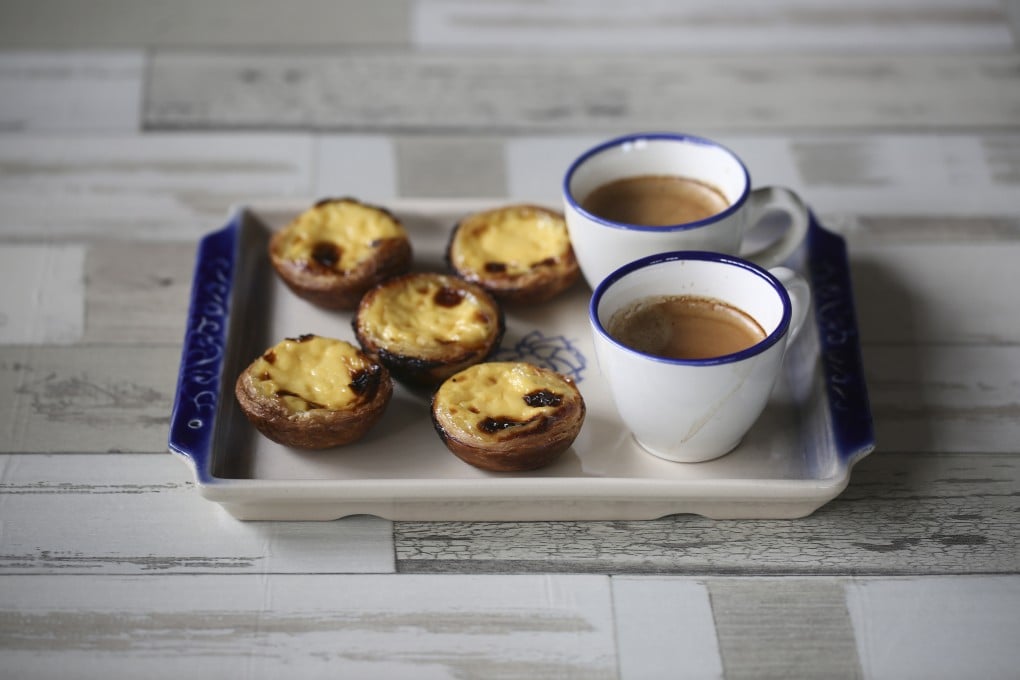How to make Macau-style Portuguese egg tarts – Macanese pasteis de nata: easy, just use a decent baking tray
- These tarts are rougher than the ones sold in Hong Kong, and a variation on the Portuguese version. Have them for Mid-Autumn Festival if you dislike mooncakes
- Easy to make with commercial puff pastry, they use a unique method to create the tart shells

Tuesday marks the Mid-Autumn Festival, a time when Chinese people worldwide feast on mooncakes and sip tea while gazing at the harvest moon. Mooncakes get their name because, traditionally, they were made in a circular shape, to symbolise the moon; the salted egg yolks found in many varieties also represent the moon.
If mooncakes are not to your liking, egg tarts make a good substitute. They are easy to make, especially if you use commercial puff pastry, but if possible, use the type made with butter, not shortening.
Macanese pasteis de nata
The only Portuguese egg tarts I’ve tasted have been based on the Macau version, so I’m calling these Macanese pasteis de nata. From what I’ve heard from friends who have eaten them in Portugal as well, they are slightly different from those found in Macau.

The egg tarts from Portugal and Macau are very different from the Cantonese daan taat, the variety you are most likely to find in Chinese bakeries in Hong Kong and abroad. The Cantonese type is delicate and pure – much like the cuisine – and the custard and pastry are smooth and pale.
Pasteis de nata, by contrast, are rougher looking – they have a pastry that’s medium- to dark-brown, and a custard that looks like it’s almost burnt in spots.
These tart shells are made using an unusual but extremely efficient technique: the dough is tightly rolled into a spiral, cut into pieces, placed in the tins with one of the cut sides up, then pressed into the contours of the tin with your thumbs. It is much easier than rolling out each piece of dough into a circle.
